Plants with a healing effect >>>> Ginkgo Biloba is a plant for the home pharmacy
Ginkgo Biloba is a plant for the home pharmacy.
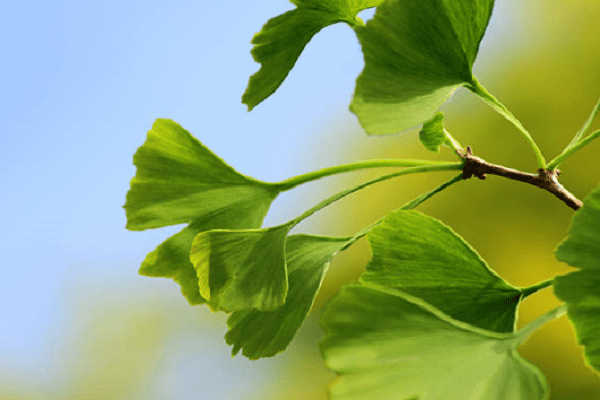
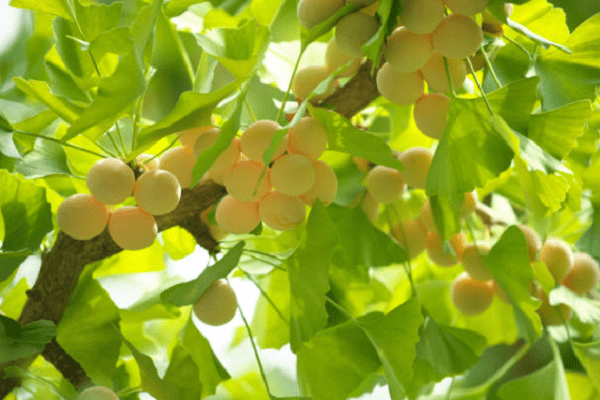
Familiar pharmaceutical herbal remedy - Ginkgo biloba (Ginkgo biloba - "Ginkgo two-bladed") - it is quite possible to "grow" on your own plot. And before growing it, it will not hurt to get acquainted with the medicinal properties of Ginkgo Biloba.
It is not for nothing that Ginkgo Biloba is considered a medicinal plant. Nature invented this plant for life itself, and to be more precise, its leaves, containing substances of a wide spectrum of action, bring medicinal benefits, and the seeds - nuts are used for food: they are fried for a snack dessert.
Ginkgo Biloba has been cultivated near temples or monasteries almost from time immemorial, considering the plant an exceptional talisman of health and longevity.
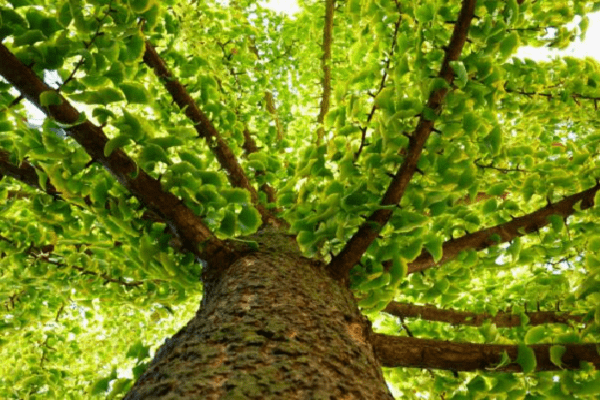
Ginkgo Biloba leaf extract, when taken internally, affects the work of the circulatory system (in particular, cardiac activity, vascular activity), the immune system (humoral), trophic functions of the blood, and blood rheology - it thins the blood. Due to this property of thinning blood, microcirculation of blood through the capillaries and larger vessels, which are responsible for the blood supply to the organs, is enhanced. This property of the anticoagulant in the extract of Ginkgo Biloba leaves, on the one hand, attracts the attention of phytotherapists, and on the other hand, raises concerns in cases where blood thinning is not indicated by the clinical history of diseases. This property can lead not only to a therapeutic effect, but also to provoke hemorrhages, internal bleeding, including causing a microstroke, stroke, hemorrhage, miscarriage, complications of menstrual bleeding. Ginkgo Biloba nuts tend (like many nuts) to cause allergies in people prone to allergies to various foods.
In appearance, the Ginkgo Biloba tree resembles a hybrid of a fern (type of leaves), larch (the way the leaves grow in bunches) and a coniferous plant (trunk). The leaves are arranged in bunches on the branches, and the leaf blades resemble a fan. Its fruits are very similar to those of some walnut trees, only Ginkgo Biloba has more juicy fruits than other walnut trees.
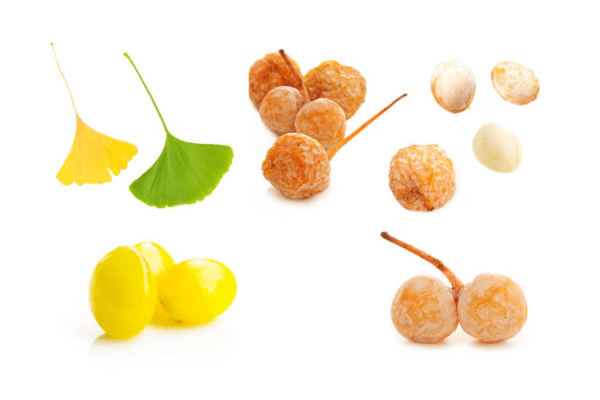

Ginkgo Biloba is a tall tree that every year of its life will increase its height from 30 cm to a meter - this should be expected, and cut the top of the plant in time so as not to get a "dimensionless" giant. This specificity of plant growth was borrowed by him from his ancestors - plants of the Jurassic period. In addition, if you expect fruiting, it is better for the plant to branch out with the density of the bush, otherwise there will be few fruits. In this care, the Ginkgo Biloba tree is very similar to the Walnut tree and has similar growing principles.
It is easy to grow a Ginkgo Biloba tree on fertile, well and regularly fertilized soil and with full watering. The plant is wind-pollinated in early spring and forms ovaries in early September. The harvest of fruits and, accordingly, seeds, is harvested from November to December. In order for a plant to bear fruit, it is necessary to have at least two trees - heterosexual, but this can be determined only at the moments of ovary formation. So in order to grow a tree for the purpose of fruiting, you will have to initially grow several trees and conduct a selection. Males of Ginkgo Biloba grow bunches similar to grapes, and female ovaries grow in bunches - like fruits of a sweet cherry.
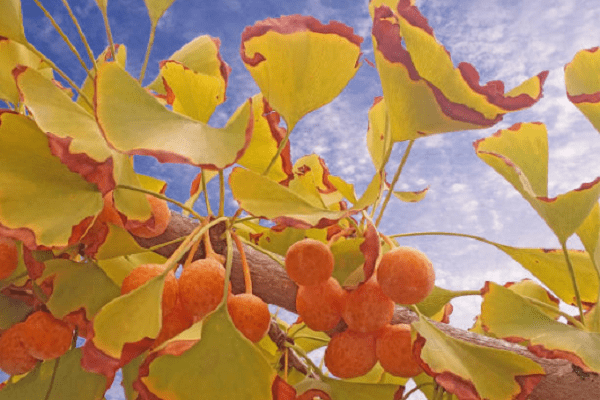
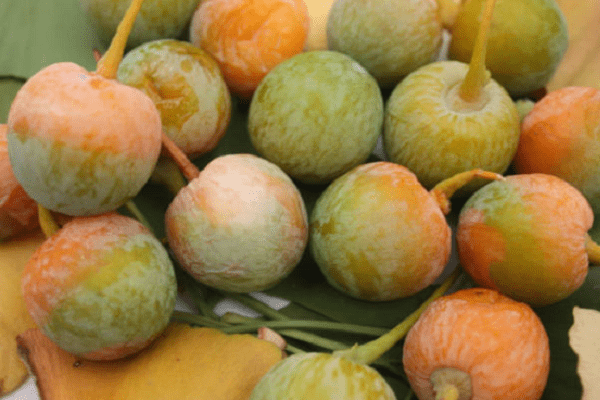
You can grow Ginkgo Biloba from a nut. Attention! When planting in the ground, the nut must be enclosed either in a ripe wrinkled fruit, or in a shell, otherwise it will not germinate. It is more problematic to grow Ginkgo Biloba in a vegetative way, that is, by cuttings, since the cuttings root poorly, and several cuttings will need to be planted in order for at least one to survive. Nuts for seedlings are planted in separate containers and do not dive, but wait for the sprout to acquire a sufficient number of leaves and a well-branched root system. It is better if transplanting to the street will take place without removing the plant from the container, that is, the container is initially selected from a biodegradable material. Seedlings are transplanted into the soil in early spring, but into well-heated and moist soil. Strong seedlings can withstand up to five degrees of frost.
The Ginkgo Biloba plant is cold-resistant enough that it can be grown in climatic zones with climate change. A condition for the successful experience of winters will be the use of snow for warming the roots and covering material to keep the ground part from freezing. The plant is accustomed to seasonal temperatures and can shed foliage and hibernate for the winter.

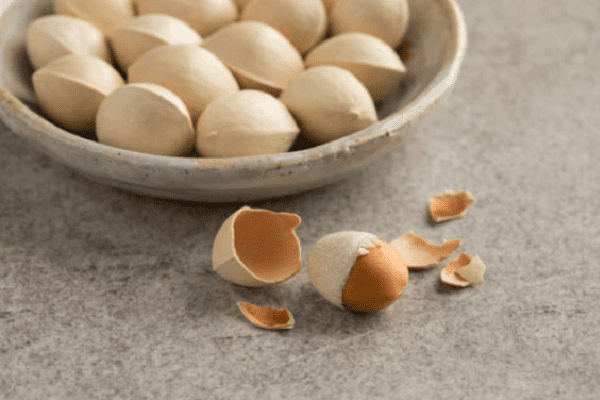
Fruiting is not the main advantage of the plant, although it is a very pleasant bonus to the healing leaves. The fruits are harvested in late autumn or in the first month of winter, when the foliage turns yellow. To obtain nuts, the fruits are cleaned of pulp (usually gloves are used, since the pulp of the fruit has a persistent smell of rancid oil), the freed seeds are soaked in water for a day (eliminates the residual smell of rancidity), then dried naturally and stored in a cool place, protecting against mold. Dry powder is prepared from the leaves of Ginkgo Biloba, which is convenient not only to infuse, but also to use as an ingredient in various dishes. You can get a fresh extract from pounded fresh green leaves in a mortar and, only then, infuse it or add it to food (fresh leaves have a sour taste).
Ginkgo Biloba is an impeccable medicinal plant for the prevention of diseases: strokes, dementia, colds and chronic diseases associated with metabolic disorders in the body, as well as for stimulating brain activity during periods of excessive mental stress. But there are significant contraindications to the use of Ginkgo Biloba leaf extract, which must be taken into account and not to abuse the plant unnecessarily.
Ginkgo Biloba is a rather ornamental plant so that, in the absence of the need to use the plant as a medicinal one, continue to grow it as a decoration for the local area.

Read

Read



























